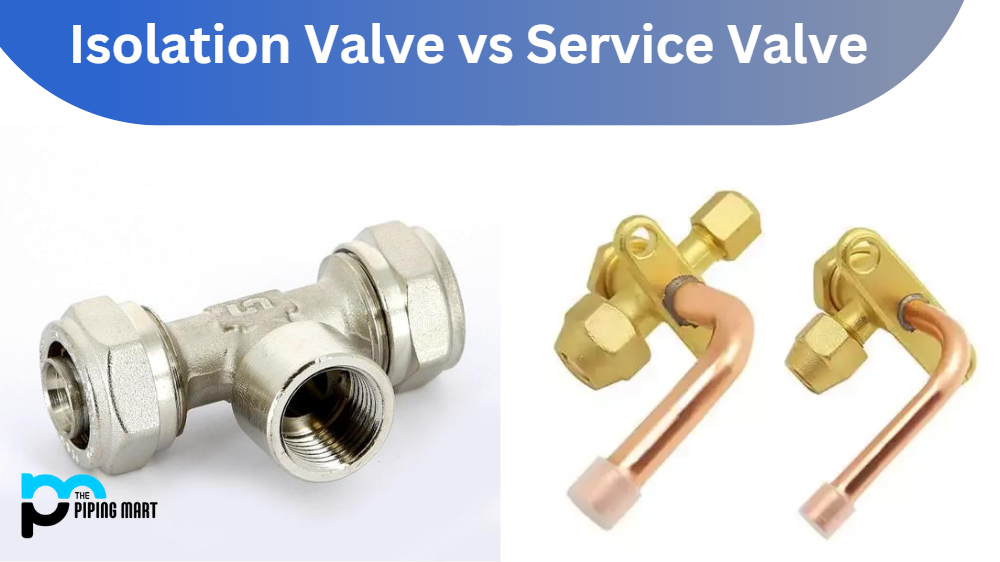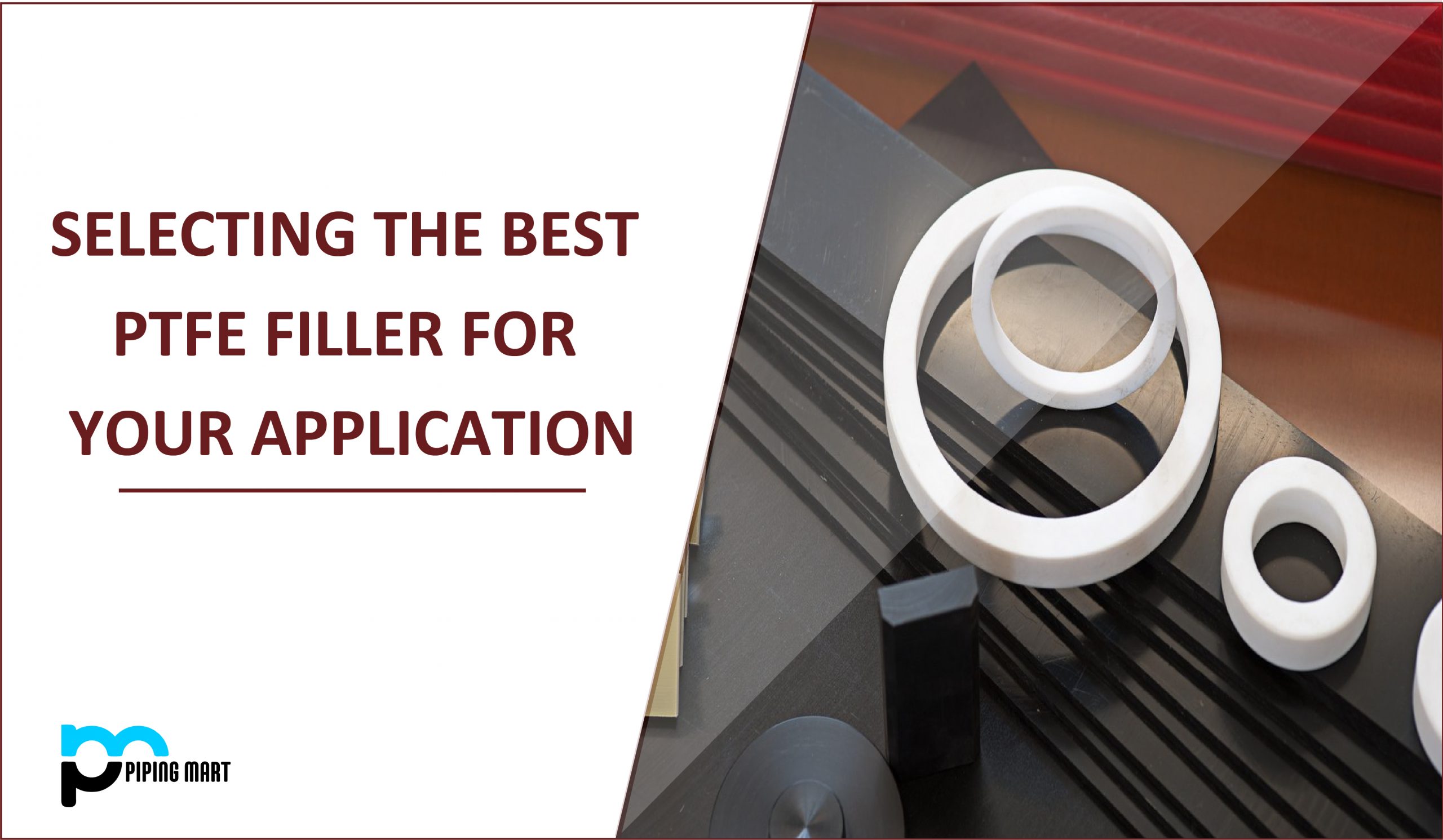Welding is a familiar art that has existed since the Bronze Age. However, the welding technique has seen major advancements in the 21st century, thanks to technology and the introduction of Plasma Arc welding. This welding technique involves a highly concentrated plasma stream directed at the welding point. The plasma’s high heat creates a small, precisely controlled weld stronger than most traditional welding techniques. This blog post will explore the different types of plasma arc welding and their uses.
What is Plasma Arc Welding?
Plasma Arc Welding (PAW) is a thermal welding process that uses a constricted arc and an inert gas to melt and fuse materials. This form of welding offers benefits such as high accuracy, deeper weld penetration, higher productivity levels, faster speeds, and greater flexibility compared to other forms of arc welding. Furthermore, plasma arc welding produces more stable arcs with minimal spatter than other processes – making it ideal for joining dissimilar metals or thin-walled components.
Types of Plasma Arc Welding and Their Uses
Non-Transferred Plasma Arc Welding
Non-transferred plasma Arc Welding involves a non-transferable tungsten electrode to produce plasma arcs. Unlike other welding techniques, the tungsten remains in the electrode holder, melting to produce plasma. The Non-Transferred Plasma Arc method utilizes a high-frequency power supply that creates a plasma arc that results in a localized, precise and consistent weld. Non-Transferred Plasma Arc Welding is commonly used in aerospace and medical industries due to the precision and quality results it produces.
Transferred Plasma Arc Welding
Transferred Plasma Arc Welding is a highly automated welding technique. It involves a tungsten electrode with a copper nozzle that directs a precise arc towards the welding point. As the arc melts the metal, a plasma stream is produced and transferred into the weld pool through the nozzle. The transferred Plasma Arc Welding method is ideal for high-speed welding of thin metal, and it is widely used in automotive manufacturing.
Keyhole Plasma Arc Welding
Keyhole Plasma Arc Welding involves the formation of a keyhole in the welded metal. The keyhole allows the weld wire to pass smoothly through the material, avoiding impediments. Keyhole Plasma Arc Welding is used in welding thick metal sheets and is often the technology of choice in the manufacture of nuclear power equipment, aerospace, and automotive industries.
Micro Plasma Arc Welding
Micro Plasma Arc Welding is popular in manufacturing small intricate parts such as medical equipment, watches, and computer components. The welding technique is highly precise, with high replication and automation levels. Due to the need for precision, micro Plasma Arc Welding requires high skill levels and specialized equipment.
Plasma Arc Welding Robots
Plasma Arc Welding Robots utilize automatic systems that move the plasma arc welding system along a predetermined path. This ensures the welding process is precise and continuous, producing uniform results. Plasma Arc Welding Robots are commonly used in manufacturing, automotive, and aerospace industries.
Conclusion:
Plasma Arc Welding is a highly efficient, precise, and effective welding technique that has revolutionized the industry. In this blog post, we explored the different Plasma Arc Welding types and their uses. From the high-precision Non-Transferred Plasma Arc Welding ideal for the aerospace and medical industry to the highly automated Transferred Plasma Arc Welding popular in automotive manufacturing. The Keyhole Plasma Arc Welding is used in welding thick metal sheets, the Micro Plasma Arc Welding technology is ideal for small intricate parts, and the Plasma Arc Welding Robots are used in manufacturing, automotive, and aerospace industries. We will likely see more advancements in the Plasma Arc Welding industry as technology advances.

A passionate metal industry expert and blogger. With over 5 years of experience in the field, Palak brings a wealth of knowledge and insight to her writing. Whether discussing the latest trends in the metal industry or sharing tips, she is dedicated to helping others succeed in the metal industry.




